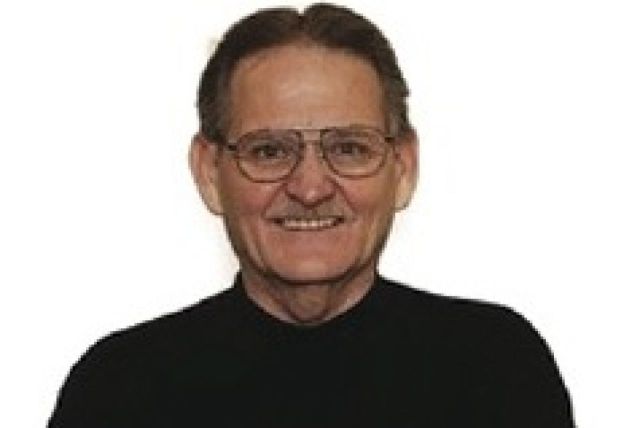Knowing Why

It was the week between Christmas and New Year’s, and he, just like countless others, began thinking about his resolution for the coming year. As was his usual, he’d resolve to start doing something, stop doing something, or do something more or less. As a believer in self-improvement, he saw the beginning of a new year as an ideal opportunity to engage in some personal leadership aimed at individual improvement.
At his age he had done this more than fifty times, and in the vast majority of those cases, he was something less than total successful. He had no delusions that he’d be totally successful this year; he just wanted to do better. He wanted to make some, albeit small, progress toward self-improvement. He knew it was up to him if this year’s resolution outcome was going to be any different.
He was at a comfortable spot in life. He was more than content with his current lot in life, but there were areas where some improvement was both needed and possible. In fact, one area had been on his mind for some time, and it wasn’t solving or making itself any better. After giving it some serious consideration, he decided to make it his goal and resolution for the new year. He recognized a problem and made the decision to do something about it. He’d determined what his resolution would be.
Next, he considered how to solve or at least address the problem, meet his goal, and fulfill his resolution. Spotting the problem was relatively easy. Thinking how best to solve it required more effort, but he stuck with it and developed some plans. At that point he knew what he wanted to do, and he’d given some thought as to how he’d go about doing it. For all too many people, that’s the point at which new year’s resolutions often end. For him, that wasn’t going to happen again.
Although he wanted this to be a personal effort, he knew he didn’t live on a desert island by himself. So, where he’d work his plan became a serious consideration, and that led directly to another variable he’d have to consider. Who else might he need or want to involve? Were there some people he’d want to ask for advice, so he could learn from their experiences? If so, who were they, and how much would he share his plans with them? Would some changes he’d be making impact others? If so, how could he minimize any negative repercussions for them? Could others benefit from what he wanted to accomplish, and should he involve them? He thought through each of those questions.
Timing was another consideration. When would be the best time to begin, so his plan would complement instead of unnecessarily complicate his life? At what pace should he proceed? How could he avoid going too fast and burn out, or going too slow and lose momentum? Timing was important, so he planned for adjustments and adaptations along the way.
Finally, and possibly most importantly, he focused on the big question, maybe the ultimate question—why! Why work to improve yourself? Why work through this particular strategy to do that? Why bother?
As he pondered that final question, his resolution came clearly into focus. Understanding and coming to terms with why was important. When he did, he felt a surge of energy, a sense of determination to make this resolution different. This was about him improving himself and his life; it was an opportunity for him to show some personal initiative and lead himself to an even better life situation. Instead of continuing to think of why he should, he then began thinking about why he wouldn’t. He couldn’t come up with a single reason.
As you think through potential resolutions for the coming year, start by identifying what you want to do, then begin brainstorming how you’ll do it. Think about where your efforts will play out and consider others who could or should be involved. In light of your current life situation and variables in the environment in which you live, determine when best to begin, then pace yourself. And finally come to terms with why. Clarify for yourself a solid rationale for committing time and energy to this particular endeavor.
By thoughtfully identifying the WHAT, the HOW, the WHERE, the WHO, the WHEN, and the WHY of your resolution, you’re setting the stage for success. In the process, you’ll likely move yourself from being a passive participation to an actively engaged and committed personal leader. You’ll also significantly increasing the potential for a meaningful and enduring outcome. The end result may well impress you and offer a new resolution model for years to come!
Good luck!
